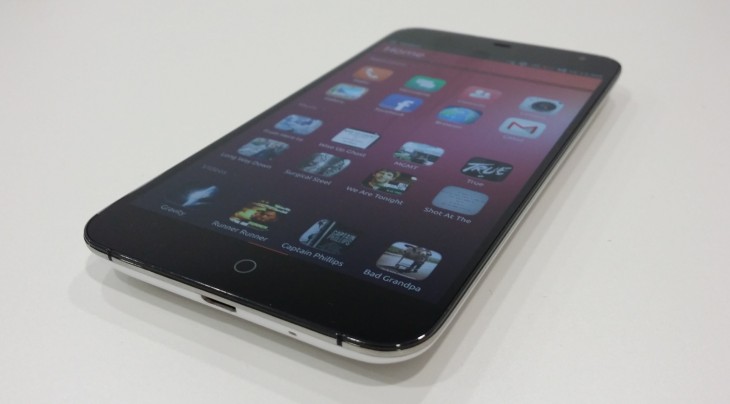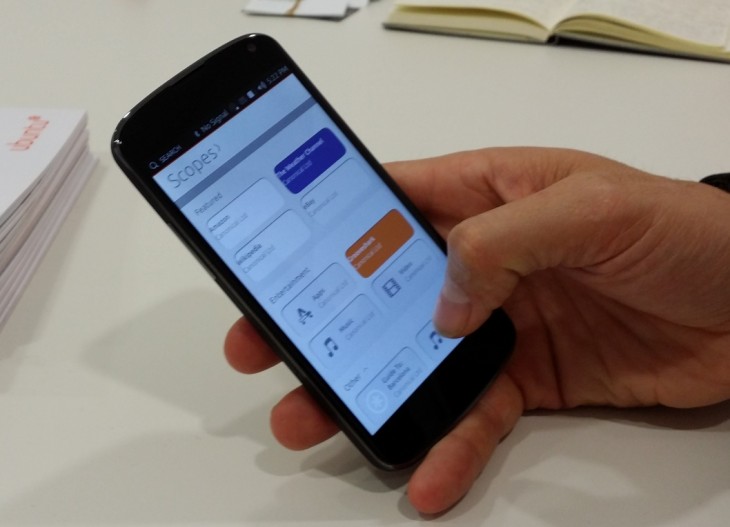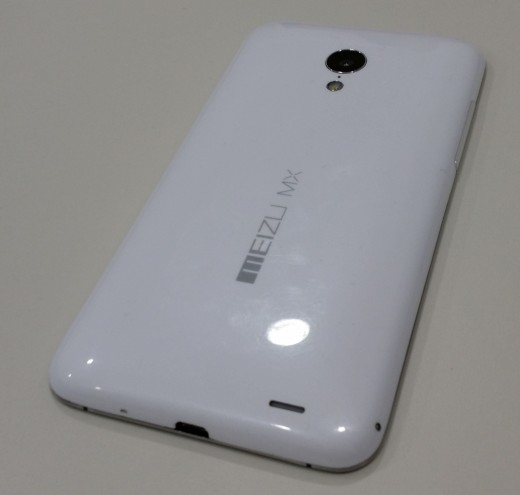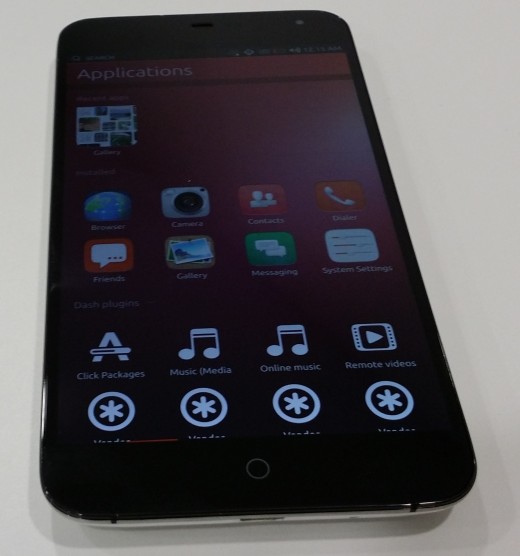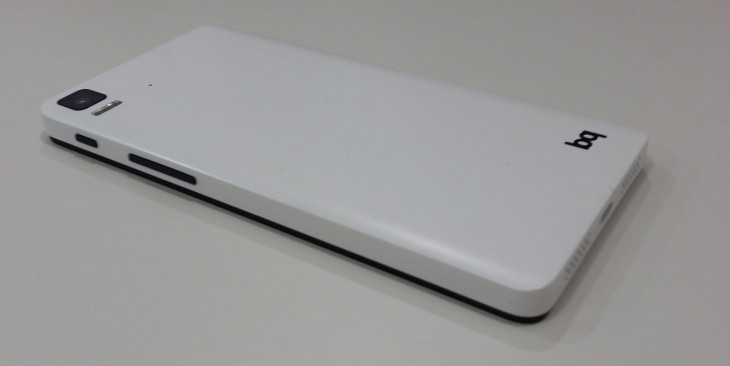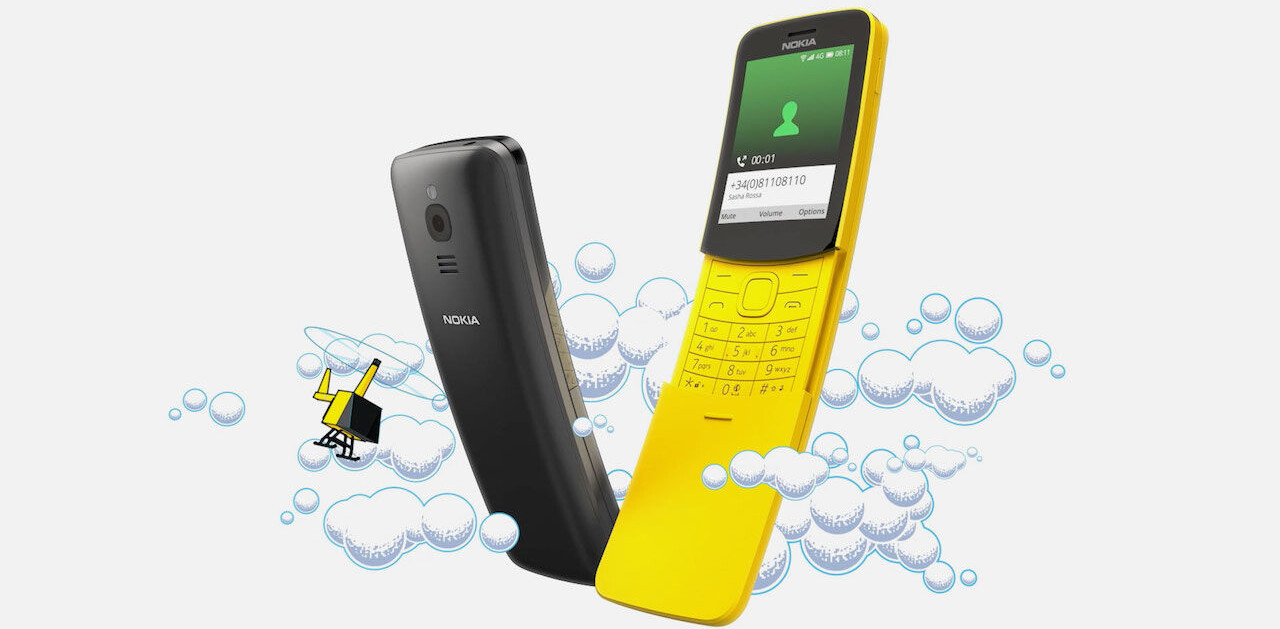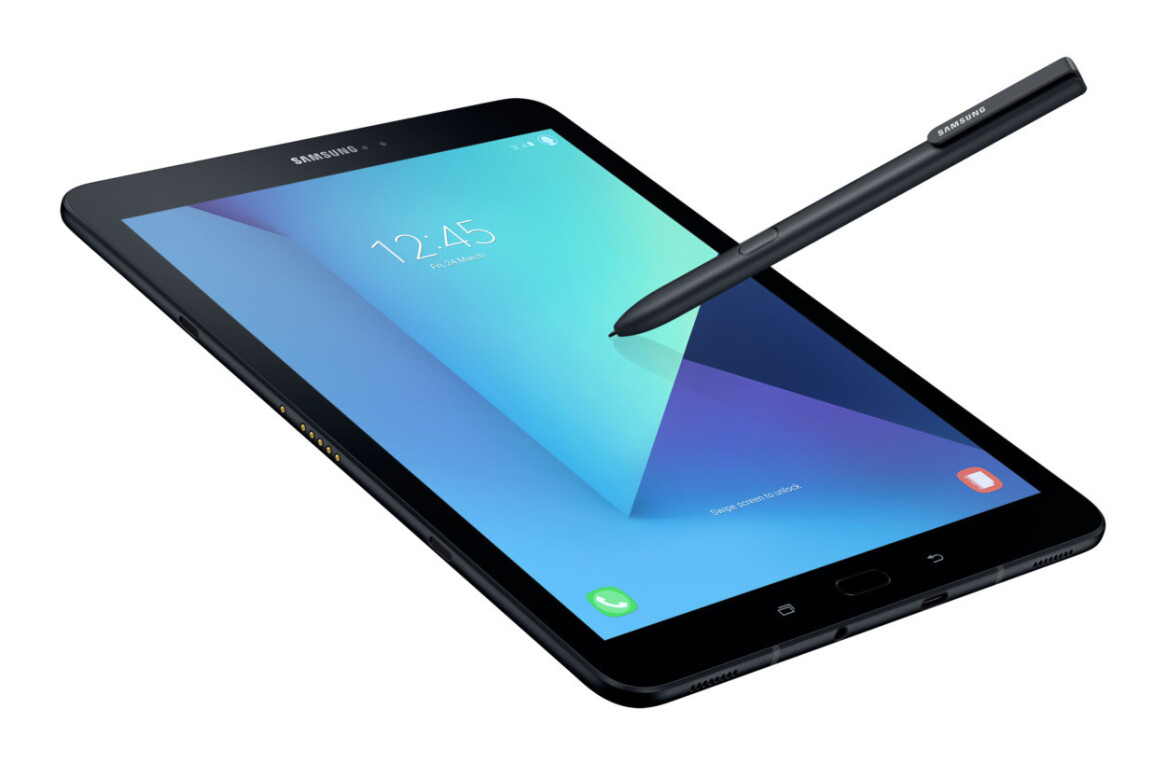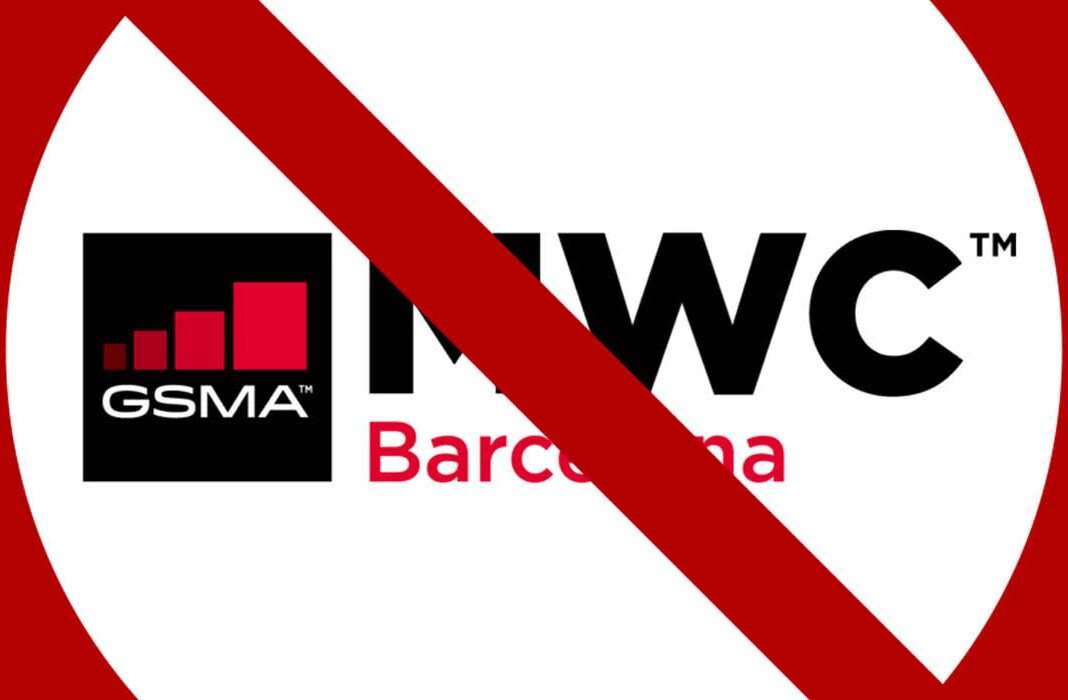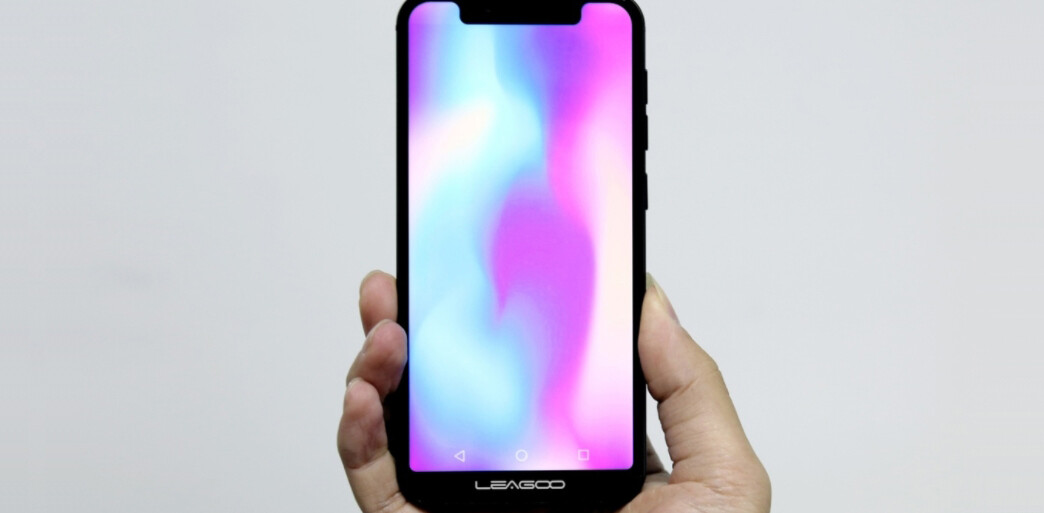
“It’s the difference between momentary terror and long, drawn out gnawing fear. One of those will kill you and one will just give you a fright.”
That’s the response of Mark Shuttleworth, founder of Canonical and Ubuntu, when quizzed over whether it’s scarier to go into space or try to launch a unified OS platform. As the first citizen of an independent African country to travel to space and the public face of ensuring the Ubuntu OS makes it onto smartphones and tablets, he should know.
It’s not the first time we’ve met but in the year-long interim, I forgot how good he is at talking the talk. He needs to be too. Telling the Ubuntu convergence story for several years already to get to this point – of almost releasing the first smartphones to run the open source OS – has taken education of partners and ultimate perseverance.
It’s a journey that has taken hundreds and thousands of hours of planning and execution, of iteration and modification, and one that in some sense still hasn’t yet begun. The first phones aren’t on the shelves yet.
As it stands, the code base between the Ubuntu desktop, tablet, smartphone and TV platforms is 95 percent the same. In a few months, that figure will be 100 percent and the Ubuntu story should get even easier for Shuttleworth to tell, though his infectious energy doesn’t suggest he’s been struggling up until this point, even if a slightly greying beard hints at some of that stress he mentioned.
Key to gaining operator and manufacturer support are Ubuntu’s Scopes – channels of information that allow operators or OEMs to quickly and easily modify and differentiate from other devices running the OS, without the need for heavy modifications to the code or the need to build their own apps.
“They can’t modify the core OS, but they can completely customize the set of Scopes. So, what we’ve done is taken the bloatware and reduce it to ‘what are the key retail or content experiences that the manufacturer wants you to start with’. After that, it’s your device. Very straightforwardly, you’ll be able to discover new Scopes and favorite them – and favoriting a new Scope means putting a new page on your home screen.
However, the user retains ultimate control – if the operator’s Scopes are of no interest, they can be removed from the home screen. Not allowing this would be against the whole ethos of the OS and would be “indefensible”, according to Shuttleworth.
“Interestingly, operators understand that they have to compete. They have one kind of relationship with you, and if they want another kind of relationship with you, that can’t be by force.”
Getting those operators to sign on the dotted line and commit to selling the devices is the next key step for Shuttleworth’s mission. Despite have a number of big names signed up to its Carrier Advisory Group, the deal still isn’t quite sealed – although, naturally, this doesn’t phase Shuttleworth.
“They’ve said publicly that they want to but until it’s on actual devices they can’t commit to range them, but all of these [CAG members] went to CEO or board level to get [them on board].
Some people might have been disappointed not to see more recognizable big name manufacturers among the first Ubuntu smartphones, but this is all part of the plan, apparently.
On the handset side… we didn’t want to launch too many too soon. Both of these companies [BQ and Meizu] are scrappy, nice, fun, punch-into-existing-markets kind of companies. We’re a big deal for them, and they’re a big deal for us, it’s a good fit. These are guys that know how to differentiate between someone who’s going to love this and guys that go into a shop and looked and says ‘my buddy has got such and such an app and I can’t find it’.
That guy, we don’t want him in the first mix, we want any of the 28 million people who know Ubuntu and are passionate about it, or anyone for whom this has the right mix of apps, and they’ll be a bunch of those. If this phone lands with them, I’ll be very happy. If it lands with someone else who thought they were buying an Android knockoff or whatever, then they’ll be unhappy. Working with a scrappy, smart, savvy company feels to me like a better way of making sure we get the right devices in the right hands.”
It also means that the Ubuntu devices won’t get lost in expansive product ranges of big name manufacturers, but the challenge will then be to, in some way, compete against them. There will also be a number of Ubuntu tablets on the way.
“It feels like a much more meaningful way of being presented in the right place, in the right way, at the right time. We just need a couple of hundred thousand. We will [also] ship a lot of tablets with the usual suspects that ship a lot of Ubuntu today – on X86 and on ARM, so that’s a good fit as well.”
Indeed, the convergence story includes desktop, tablets, TV and smartphones, but we’ve heard less about tablets in recent months. In truth, it’s not a diminishing interest in tablets at all – quite the opposite. The company had actually slowed down development of its smartphone to keep it in line with tablets as Shuttleworth thinks they will shift in higher volumes.
We slowed down the phone a little bit in order to do both at the same time, and we’ll get them both by about Q3.
Despite his energy for the core mission, he recognizes that the first batch of devices won’t be for everyone, alluding to the app and services catalogue again.
For some people this [smartphone] will make them happy, for others, it will make them a little bit sad – and that’s not because it’s a bad product.
Meanwhile, we’re strengthening the app catalogue, we’re strengthening some of the UX pieces, we’re strengthening all sorts of things that will make more people happy, and at that point we can execute a more shotgun-oriented go-to-market strategy. At that point, it’ll be OK to just be on the retail shelves because if someone likes it and grabs it and goes home, they’ll still like it. It’ll be deeper and the relationship will be easier to form. That’s the game plan.
We’ll have an app catalogue that’ll be as good as the one Microsoft launched with and it won’t have cost us $100m because we’re really trying to work to be great for developers. It’s been fun to be controversial about Ubuntu in the last couple of years, right, but at the same time, we get a lot of developer love, they want us to succeed.
Canonical isn’t the only company working to bring its platforms closer together. Microsoft has slowly been pulling its mobile and desktop OSes into alignment, but the key difference is that this is only being done at the UI and services level, rather than at a code level. In some way, it might even help Ubuntu’s cause that others are also aiming for converged platforms.
But it’s not just software that has evolved since Ubuntu started this mission – wearables like glasses, watches, fitness bands (and whatever else) simply weren’t in the mainstream conciousness as they are today – and it’s here than Shuttleworth sees some huge potential to gain market share.
In the absence of a profound form factor disruption, the world will be iOS and Android. We could take share, we could do a classy job and have passionate followers and have ten percent of the market. It’d be great, but it’d be 10 percent of the market and we’d be number three, solidly number three and number three forever.
But it’s form factor disruptions that potentially allow you to go from 10 percent to 50 percent, and the big bet that we’ve made is the convergence story. In some way, shape or form, these devices will start to become different faces of the same personal computing story.
If you look at the physical, it’s increasingly likely that the silicon that’s in a clamshell laptop could be the same as the silicon that’s inside a tablet and inside a phone. There are people building Tegra 5 clamshells, and Tegra 5 phone and Tegra 5 tablets. At the CPU level, that’s convergence.
Suddenly it becomes a lot cheaper to make that because you have volume, scale and the same set of notes. That’s interesting. From an experience point of view, I think the fact that Microsoft continues to press convergence is great. It validates [the idea]… Mentally, we own that idea and I think that’s important.
Wearables will ultimately settle down as an extension of your personal computing interface. Not separate devices so much.
The idea of Ubuntu connecting smartphones, tablets, TVs and the desktop, but also being the unifying glue behind all manor of wearables is just that right now, but there are few other companies in a position to even attempt it as things stand today. Even so, it’ll be a long slog, as it has been to get even this far, but that glint in Shuttleworth’s eye tells me the company isn’t about to give up.
Featured Image Credit – Bill Ingalls/Nasa via Getty Images
Get the TNW newsletter
Get the most important tech news in your inbox each week.
